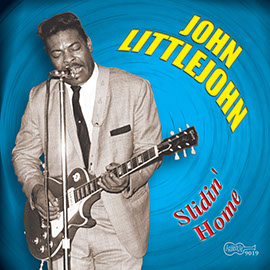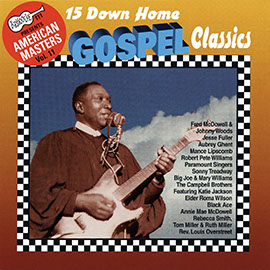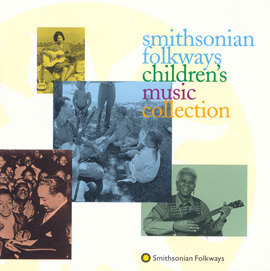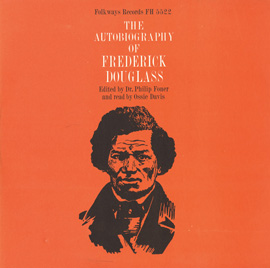Summary
Use songs and social dances from the Mexico/USA border to introduce students to South Texan people, language, location, and values. Also discuss issues such as immigration and experiences of living in the borderlands.
Suggested Grade Levels: 3-5, 6-8, 9-12
Country: United States
Region: North America
Culture Group: Mexican-American
Genre: Conjunto
Instruments: Voice
Language: English, Spanish
Co-Curricular Areas: Social Studies, Spanish
National Standards: 1, 6, 8, 9
Prerequisites: None
Objectives:
- Listening to (instruments, beat, canción ranchera, cumbia)
- Singing (partial lyrics and full melodies)
- Understanding Spanish words and lyrics
- Getting to know the South Texas people, language, location, and values
- Becoming familiar with the concept of immigration and the experience of living in the borderlands
Material:
- “Bellos Recuerdos” by Los Fantasmas del Valle from Taquachito Nights: Conjunto Music from South Texas (SFW40460)
- “El Coco Rayado” by Ruben Vela ys su Conjunto from Taquachito Nights: Conjunto Music from South Texas (SFW40460)
- Taquachito Nights: Conjunto Music from South Texas Liner notes
- Lyrics in Spanish and English
- Map of South Texas
- Picture of instruments or actual instruments; video or pictures of field workers and/or South Texas
Lesson Segments:
- “Bellos Recuerdos” (National Standards 6, 9)
- “El Coco Rayado” (National Standards 1, 6, 8, 9)
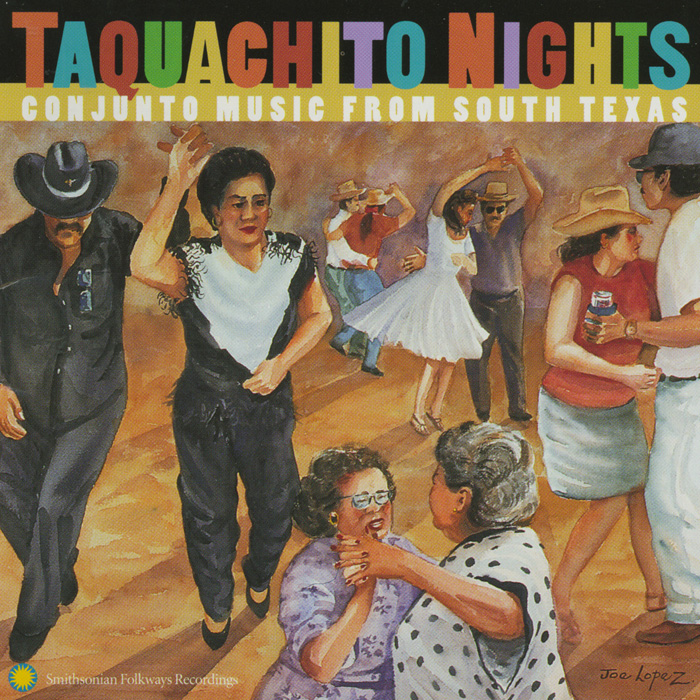
“Bellos Recuerdos (Beautiful Memories)”
from Taquachito Nights: Conjunto Music from South Texas (1999) | SFW40477
“El Coco Rayado”
1. “Bellos Recuerdos”
- Listen to the “Bellos Recuerdos” recording by Los Fantasmas del Valle.
- Clap on the upbeat strum
- Move side to side to the bass downbeats
- Ask students if they hear what type of instruments are being used
- Explain instruments through pictures, video, or having the instruments present
- Explain short history of South Texas and conjunto music and history of the Conjunto Festival of Narisco Martinez Cultural Arts Center in San Benito, TX (see map and liner notes).
- Explain this type of song (canción ranchera).
- Origins from Mexico
- How it is used in other types of Latin music
- Talk about the people who live along the border.
- Discuss immigration
- Issues of working in the fields
- Hand out lyrics in Spanish and English.
- Discuss the lyrics and meanings
- Ask students if they know of anybody who has had similar experiences or can relate to this song
Assessment:
Are students able to identify the instruments being played? Are students able to discuss the material in an age appropriate manner?
2. “El Coco Rayado”
- Listen to the “El Coco Rayado” recording by Ruben Vela y su Conjunto.
- Clap and move side to side on the downbeats
- Learn simple dance moves led by teacher and practice with partner or alone to music
- Ask students if they hear what type of instruments are being used
- Ask students if they hear a difference between this song and the song from the previous lesson.
- Explain “cumbia” and how song appeals to a younger generation
- Explain how this song encourages audience participation
- Look at Spanish and English lyrics and sing favorite parts along with recording.
- i.e. “Que si, que si. Que no, que no, Ese coco rayado lo quiero yo”: Oh yes, oh yes, oh no, oh no, I want that stripped coconut (2 times)
Assessment:
Are students able to learn the simple dance steps? Are students able to identify the instruments being played? Are students able to discuss the material in an age appropriate manner?
Extensions:
- Lesson easily can be tailored to age group
- For older students: more in-depth talk about issues of identity, racism, and immigration
- Research projects can include:
- Histories of family members that have migrated or work in the fields
- Field workers and current economical and political debates
- Where do our groceries come from: trace produce from local food store
- Immigration laws and debates taking place today in Congress
- Listen to more music from the region and explain the difference between Conjunto and Tejano
- Listen to Tejano music
- Discuss Selena and how she brought Tejano to the mainstream
- View videos about this music and location.
- Los Texmaniacs found at here
- Songs of the Homeland, The Music of the Texas-Mexican Borderlands from PBS
- Accordion Dreams from PBS
- Learn how to partner dance to the music (view videos of people dancing first)
- Invite local musicians to come and conduct a lecture-demonstration
- Read and discuss article on Los Texmaniacs conjunto group


